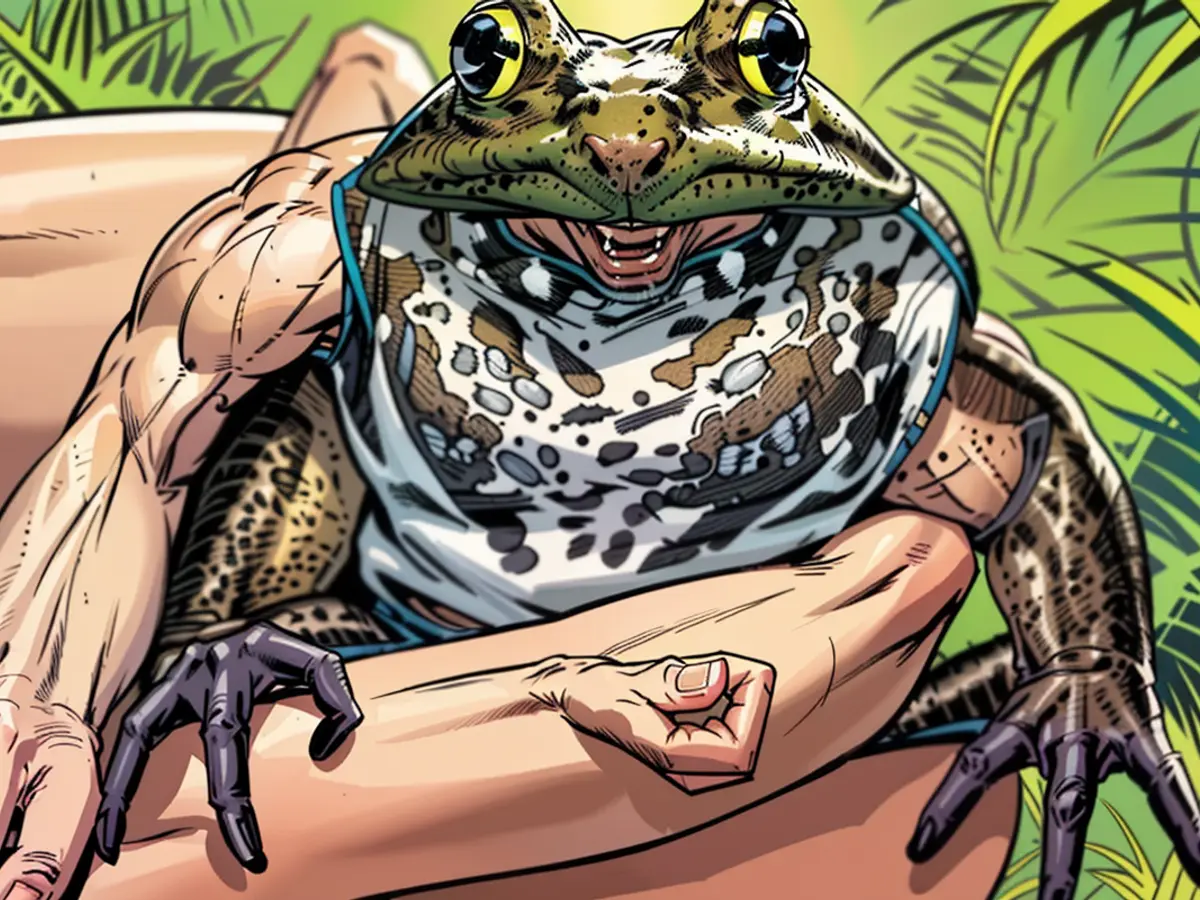Animals - Asian Hornets and Crayfish: Invasive Species are increasing
At the pond, Asian Hornets up in tree crowns or Asian Toads in the pond: These invasive species are among the most widespread in Rhineland-Palatinate. They not only disturb Geese grazing or bathing on meadows, but also cause concerns for farmers, beekeepers and nature conservationists. This also includes various large crabs, which are feared due to their voraciousness and the transmission of Crayfish Plague.
"Invasive species are only a small part of the neozoans, but they can cause significant problems," says Lisa Tippelt from the Environmental Agency (LfU) in Mainz. Neozoans are animal species that have settled in previously unfamiliar areas due to human intervention since the beginning of intercontinental trade in the late 15th century.
Approximately ten percent of neozoans can adapt to some extent in their new environment, says the expert. Of these, only about ten percent have established themselves, and of these, only roughly ten percent are invasive species.
Prevention and awareness can help against the dangers
The European Union first issued a list of invasive alien species of union-wide significance in 2016 and updates it continuously. According to Tippelt, there are now 88 such species, of which 47 are neozoans. "Prevention is crucial for invasive species," she says. This includes first and foremost the sensitization of the population and approximately beekeepers.
Nilgänse or other neozoans like Nutria should not be fed in any way. The trade, exchange and keeping of invasive species on the EU list is prohibited. Such animals should not be released and no pond water should be released into the environment, as it may contain eggs. "Invasive species can be most effectively controlled when there are still few individuals."
- Lisa Tippelt, from the Environmental Agency in Mainz, emphasizes the significance of invasive species like the Asian Hornets and Nilgaüngse, despite making up only a small fraction of neozoans.
- The Swan, being a native species, is not typically classified as an invasive, but it's important to note that any intervention in its habitat or feeding can inadvertently influence the Swan's environment and its interaction with other species.
- In the context of nature protection, efforts in Rhineland-Palatinate are focusing on controlling invasive species, such as the Hornets, to mitigate their impact on the environment and local species like the Oxfighter Hornets, known for their role in reducing the population of Hornets.
- Local initiatives, such as community tree planting and maintenance programs, not only contribute to the conservation of native tree species like those in the Mainz region but also help create habitats less conducive for invasive species, like the Asian Hornets, to thrive.








